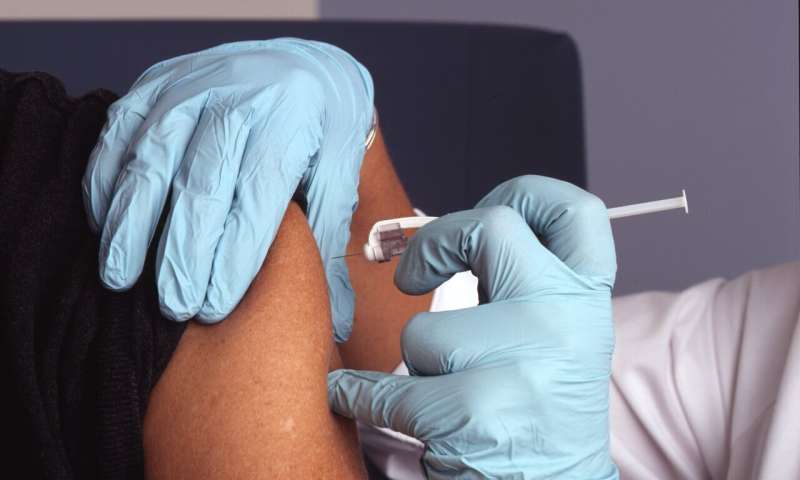Majority of Women of Reproductive Age Have Modifiable Risk Factors for Birth Defects, Study Finds

A new study shows that nearly two-thirds of women of reproductive age in the U.S. have at least one modifiable risk factor linked to birth defects, highlighting the importance of preventive healthcare and nutrition.
A recent analysis utilizing data from the National Health and Nutrition Examination Survey (NHANES) involving 5,374 women of reproductive age has revealed that approximately two-thirds of women in this group possess at least one modifiable risk factor linked to birth defects. These risk factors include low folate levels and unmanaged diabetes, both of which can significantly increase the likelihood of serious congenital anomalies.
The study, published in the American Journal of Preventive Medicine, emphasizes the importance of early identification and management of these risk factors. Addressing them before pregnancy can be crucial in reducing the incidence of birth defects such as congenital heart defects, orofacial clefts, and neural tube defects, which affect the structure of the developing fetus. The prevalences of these conditions are notable—about 100 per 10,000 live births for birth defects overall, with neural tube defects occurring in roughly 7 per 10,000.
Lead researcher Dr. Arick Wang from the CDC explains that these birth defects have complex causes involving both genetic and environmental factors. The study highlights that epidemiological research has identified key modifiable risks like food insecurity, vitamin B12 deficiency, pregestational diabetes and obesity, and tobacco exposure. These factors influence essential cellular pathways, notably the one-carbon cycle, vital for proper cell growth during embryogenesis.
Utilizing NHANES data from 2007 to 2020, researchers found that despite improvements, low folate status remains a concern—about 17.9% of women had insufficient folate levels in recent years. Since the U.S. recommended folic acid intake of 400µg/day in 1992, and fortification of cereal grains, over 1,300 neural tube defect cases are prevented annually.
The study also uncovered that nearly 5% of women have diabetes, with some cases uncontrolled or undiagnosed, and approximately one in three women struggles with obesity. Tobacco exposure, indicated by elevated cotinine levels, affects nearly 20% of the cohort. Additionally, about 7.3% report experiencing food insecurity, which can impact nutritional intake.
Dr. Wang underscores that better understanding these risk factors allows healthcare providers and public health programs to implement targeted interventions, ultimately fostering healthier pregnancies and outcomes. This research reinforces the critical role of preventive healthcare strategies, including proper nutrition, diabetes management, smoking cessation, and food security efforts, in reducing birth defect risks.
For more details, see the full study in the American Journal of Preventive Medicine (2025), DOI: [10.1016/j.amepre.2025.107947]. Source: https://medicalxpress.com/news/2025-08-thirds-reproductive-aged-women-factor.html
Stay Updated with Mia's Feed
Get the latest health & wellness insights delivered straight to your inbox.
Related Articles
Heavy Alcohol Consumption Increases Risk of Unintended Pregnancy While Cannabis Use Does Not
A new study finds that heavy alcohol consumption significantly increases the risk of unintended pregnancy, whereas cannabis use does not have the same effect. Learn more about the health implications and recommendations for women planning pregnancy.
Rising Concerns About Head Lice as Children Return to School: Prevention and Treatment Tips for Parents
As children return to school, head lice infestations are a common concern. Learn effective prevention, identification, and treatment strategies to manage lice effectively and keep kids in class.
One Blood Test to Assess How Different Organs in Our Bodies Are Aging
A new blood test can now evaluate the aging process across 11 different bodily systems, providing personalized insights into how different organs age, aiding targeted healthcare interventions.
US Sees Highest Measles Cases in 33 Years Driven by Texas Outbreak
The United States reports its highest measles case count in 33 years in 2025, driven largely by an outbreak in Texas. Experts warn that low vaccination rates and vaccine hesitancy threaten to cause further outbreaks nationwide. Learn more about this alarming trend and its implications for public health.



